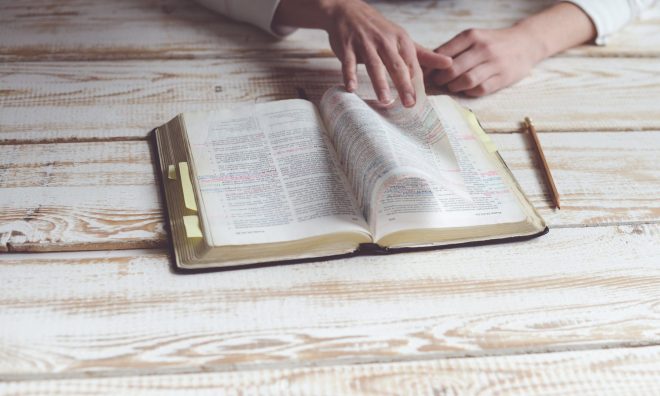
On September 3rd, 1846, the Bark Caroline arrived from Bremen, Germany at the port of New York after fifty-six days at sea. Aboard were eleven second career men and a candidate for the ministry. They were bound for Fort Wayne, Indiana. The were the first formal class of students to attend what is now Concordia Theological Seminary.
Like most German immigrants, the soon-to-be student body would be very glad to stand on the bustling docks. They would be far from alone. By 1846, thousands of Germans arrived in New York each day, bound for the lands in the Midwest, which were legendary for their fertility. They would soon have hard work ahead of them, literally carving farmland out of the endless old growth forests in Indiana, Ohio, Michigan and territories to the west.
Wilhelm Löhe called these future pastors Sendlinge (“Sent ones”) and Nothelfer (“Emergency Helpers”) They were second career men who were given a crash course in an array of subjects, designed to produce pastors for the hundreds of thousands of Germans scattered on the frontier. Löhe and several of his friends spent about a year preparing the men to go to North America. Dr. Wilhelm Sihler and several instructors that would serve alongside of him would finish their training in Fort Wayne, Indiana.
The Sendlinge likely booked passage to Fort Wayne via a steamboat to Albany, New York. There they would travel on a packet boat along the Erie and Wabash Canals. In good weather, the trip would have been quite pleasant, towed most of the way by mules, traveling through nearly virgin forest across New York State to Buffalo, along the southern shore of the great lakes, into the Wabash Canal through the Black Swamp to Fort Wayne. They would take their meals on board, but would stay overnight in inns and taverns that had risen along the route to care for passengers. The trip would take about a week.
The frontier town of about five thousand residents had begun to prosper. Fort Wayne was the portage between the Maumee River and the Little Wabash River — ten miles that separated the Great Lakes and the Mississippi River systems. The canal bridged that gap, so goods, settlers and travelers soon flowed through town on the way back and forth across the frontier. Many German settlers selected this area as their home and a growing number of Lutheran congregations were scattered across that wilderness. Dr. Sihler and his predecessor, missionary F. C. D. Wyneken had been caring for them from this crossroads.
©2021 Robert E. Smith. All rights reserved. Permission granted to copy, share and display freely for non-commercial purposes. Direct all other rights and permissions inquiries to cosmithb@gmail.com


FYI: Last paragraph, first sentence, last word, should the word be “prosper”?
And does the Seminary have a list of all the students who enrolled? I am particularly interested in the years 1859-61, and any biographical or educational data. I notice the 1860 Census has quite a few listed.
Good eye! Will fix it. I don’t know of an enrolled list for that range of dates. However, Dr. Sihler’s lists everyone to 1856 (http://www.ctsfw.net/media/pdfs/CTSFWProg1.pdf) We also have a microfilm of bio cards produced by Synod HR in the 1960s. It gives references in our periodicals to all pastors who served prior to the 1960s.